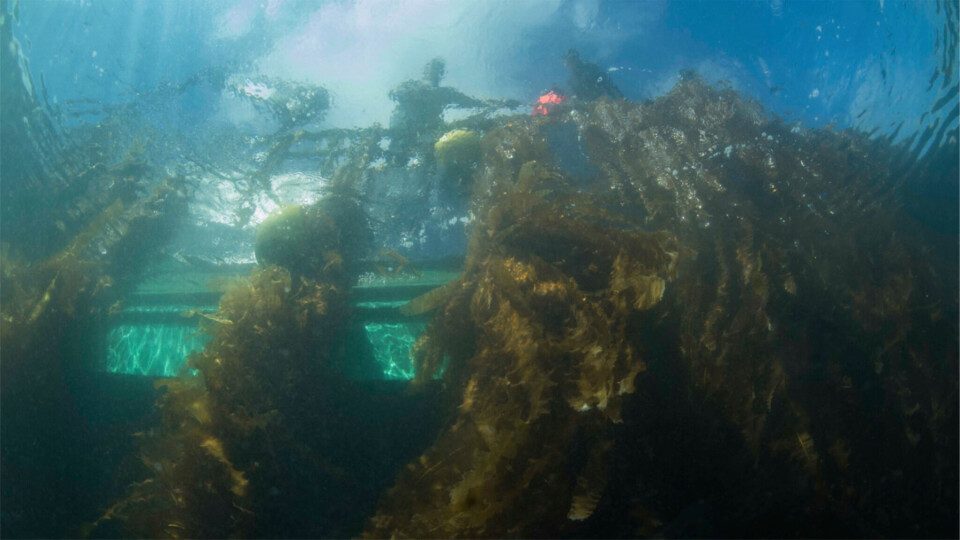
Financial kelp: seaweed farmer raises $1.5m for expansion
Faroe Islands seaweed grower Ocean Rainforest has raised US$1.5 million in an investment round led by the World Wildlife Fund (WWF), which contributed $850,000.
The money will enable Ocean Rainforest to scale farming operations, utilising its novel farm technology designed to withstand the demanding conditions of the North Atlantic.
Chief executive Olavur Gregersen said: “This investment by WWF and others will allow Ocean Rainforest to deploy new farms at scale, enabling the company to meet the growing demand for its products. But most importantly, it is an affirmation of our sustainable approach to cultivating seaweed in our ocean waters, improving people’s wellbeing, and making a unique and positive contribution to our blue planet.”

Pressure on nature
As well as its work in the Faroes, Ocean Rainforest is leading a demonstration project for seaweed cultivation offshore of California through its US-based subsidiary.
Seaweed farming requires no freshwater, arable land, fertilisers, or pesticides. As the farms operate, they perform positive ecological services within the farm waters and the surrounding water column. Seaweed is highly efficient at absorbing the greenhouse gas carbon dioxide (CO₂) from the ocean, reducing ocean acidification. By absorbing CO₂ and nutrients from the sea, seaweed farms create a cleaner water column while producing a highly nutritious biomass.
Bigger farms required
The aquaculture licensing system in the Faroe Islands means Ocean Rainforest has been growing seaweed next to a salmon farm run by Bakkafrost, as part of the farm’s licence.
Gregersen has previously pointed out that seaweed grows more quickly when fish are in the cages, because of increased nutrient levels in the water.
But he sees the future of fish farming and seaweed cultivation as separate to one another. He wants to farm much larger areas of up to 10 square kilometres, further from land, to make seaweed cultivation viable.






















































